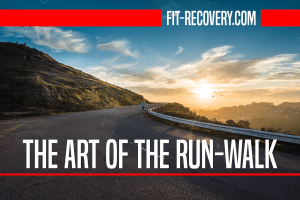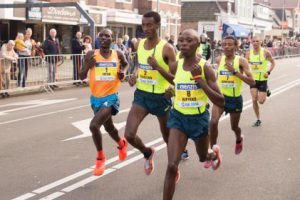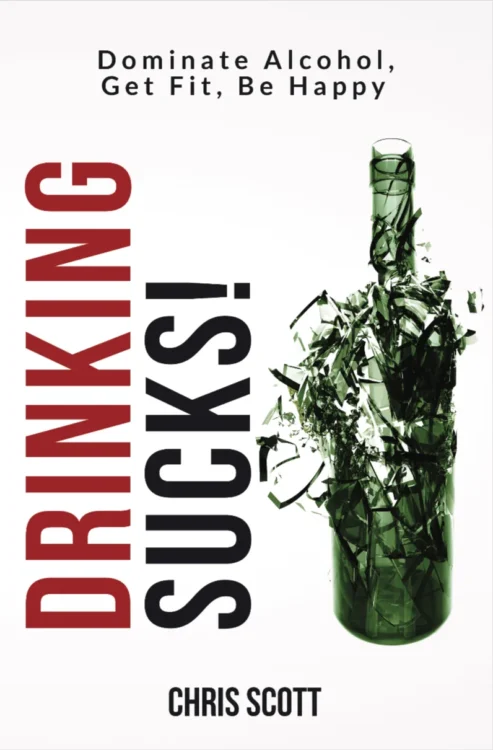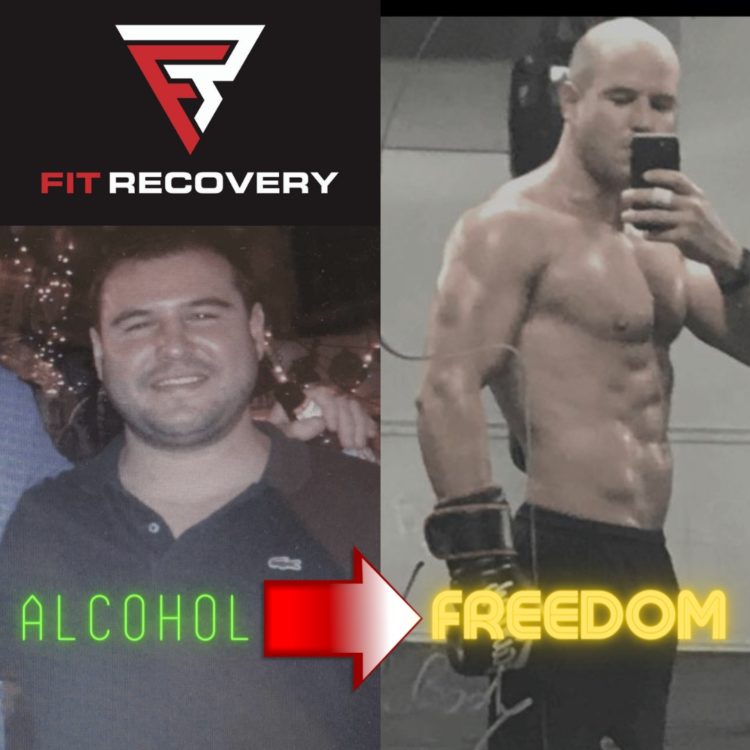
I have a lot of friends who started ambitious running programs and then simply quit because their joints got sore and their muscles burned out.
I still believe that everyone over the age of 13 should lift weights (relative to their size) but my attitude toward running has changed a bit.
This wouldn’t be the case if I hadn’t discovered the Run-Walk strategy. This approach can help you enjoy natural scenery without sacrificing your hard-earned muscle or developing shin splints, plantar fasciitis – or, worst of all – the notorious runners’ knee.
The Run-Walk Strategy as HIIT Training
Start with a slow jog until you feel warmed up. Alternate between a minute of running at 50%-75% of maximum effort and a minute of walking.
Since we’re alternating relatively high effort with a cool down phase, we’re getting the benefits of high-intensity interval training (HIIT).
HIIT means periods of high intensity alternated with periods of rest. Training this way (instead of slogging it out for miles on end) preserves muscle and burns fat more efficiently. It also keeps your metabolism elevated for the remainder of the day.
In high school, I joined the cross country team for a season. My endurance improved, but to adapt to the 6-10 mile daily runs, my body burned a lot of the muscle that I’d worked hard to put on in the gym.
Since I’ve started the Run-Walk routine, my endurance has skyrocketed and I’ve actually gained muscle.
You burn muscle when you’re exhausted from running miles on end – not when you’re running at an intense pace and then resting.
I spent about a month going no harder than 75% during the run phase. Lately I’ve increased my maximum effort to closer to 100% so that I can get the full benefits of sprinting.
Beating Shin Splints and Plantar Fasciitis
Cross country running gave me painful shin splints. If you suddenly start a routine of running for miles on concrete without employing a Run-Walk strategy, you’re very likely to develop a wear-and-tear injury.
Last year I began running again because I live in a scenic place and my bike tires went flat. Within a week, I developed plantar fasciitis, which is very painful inflammation of the ligament that connects the heel bone to the toes. I couldn’t walk when I woke up!
Ever since I’ve alternated walking with running, I’ve avoided both the shin splints and plantar fasciitis.
I now run six days per week, usually on concrete, and I do not develop any pain.
I do stretch my calves for about 5 minutes after each workout. (Quality orthotics are helpful as well.) Stretching can help prevent both shin splints and plantar fasciitis. But I highly recommend Run-Walk if you’ve avoided running because of these painful injuries!
Run-Walk And Addiction Recovery
If I’d tried to start running 3 miles a day after I quit drinking, I would have failed miserably. I would have felt demoralized because I probably wouldn’t have made it past the first half-mile.
A Run-Walk regimen is ideal in early recovery because you can get the benefits of cardio without beating yourself up for taking a break.
I don’t know about you, but when I used to go for runs and then stop in the middle, I would feel like a quitter.
The benefits that I’ve outlined so far mean that we no longer have to feel this way. Giving your body some rest during your run is actually better for your joints and your muscles.
You will build up both strength and endurance over time. Because your joints won’t suffer the same wear and tear, you’ll gradually increase your intensity as you get into better shape.
If you’re not ready to hit the weights yet, then give Run-Walk a try.
Run-Walk is a fantastic way to train your system to anticipate healthy endorphin release instead of artificial, drug-induced highs.
Train Like Who You Want To Look Like
Would you rather look like a marathon runner or an Olympic sprinter?
I have a good friend who runs 10-20 miles per day and he can’t figure out why he’s not lean. He has enough slow-twitch muscle for his long runs but very little fast-twitch muscle, which accounts for the impressive physiques of sprinters and people who lift weights.
If you’d rather look like a sprinter but you want to enjoy the outdoors, the Run-Walk strategy can help you get the best of both worlds.


This principle covers more than just running. If you want to develop solid biceps and a strong core like a male gymnast, incorporate handstand push-ups and straight-leg hanging leg raises into your gym routine.
Get fired up and get outside!!
-C
Author
-
A decade+ addiction-free, Chris Scott, the visionary founder of Fit Recovery, passionately guides Fit Recovery 2.0 Members toward a vibrant, healthier lifestyle. Through the integration of groundbreaking nutritional strategies, transformative reframing techniques, neurolinguistic programming, and dynamic pro-recovery habit systems, he inspires individuals to boldly take charge of their lives and break free from alcohol. Chris is celebrated as a Professional Member of the Alliance For Addiction Solutions. Moreover, he is the proud author of the bestselling book "Drinking Sucks!" which stands as a vital beacon of hope for those yearning to quit drinking. Additionally, he created the celebrated online program Fit Recovery 2.0, designed to provide unwavering support for individuals embarking on their recovery journey.
View all posts Fit Recovery Founder & Director







Hello.This post was really interesting, particularly because I was searching for thoughts on this subject last Wednesday.